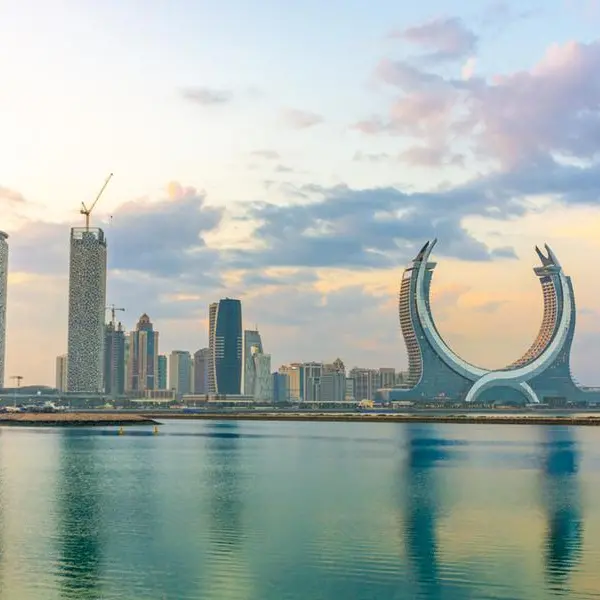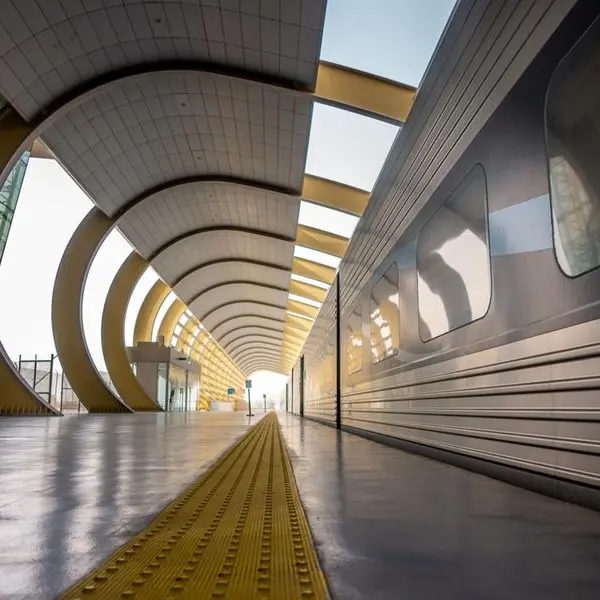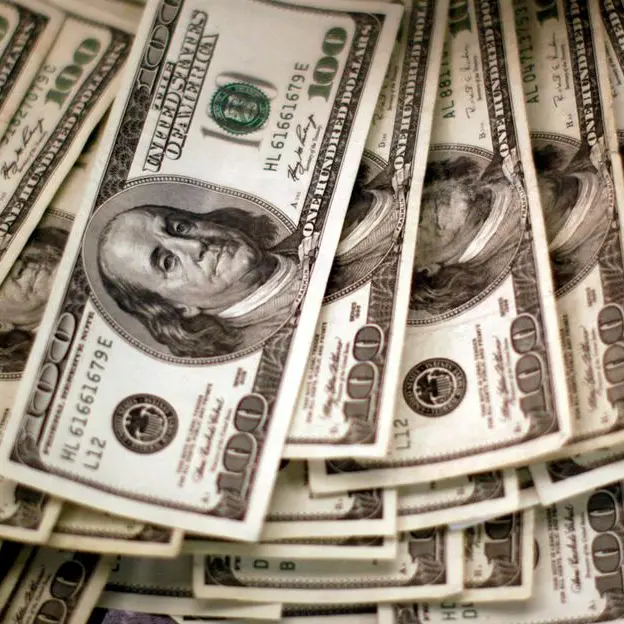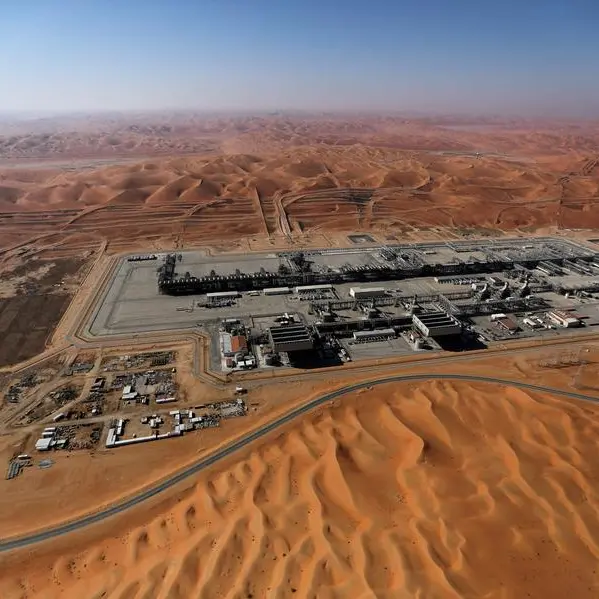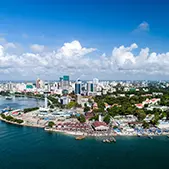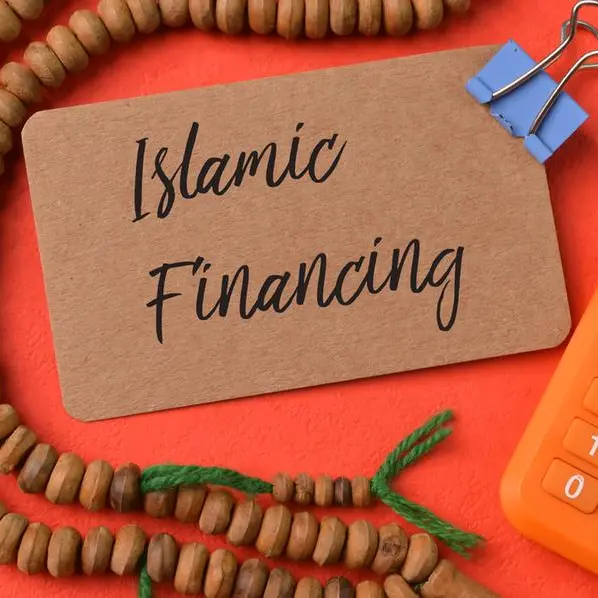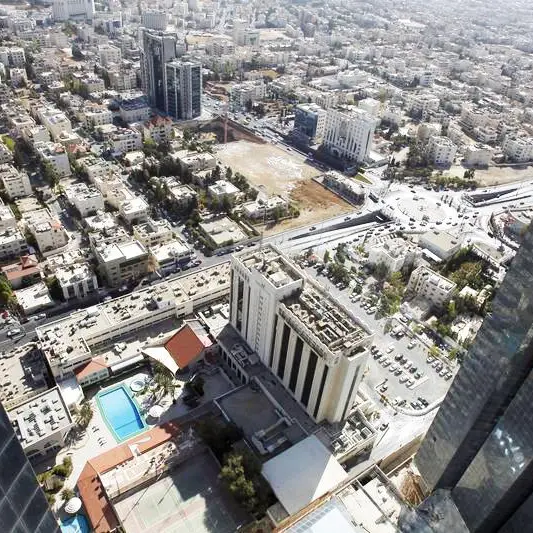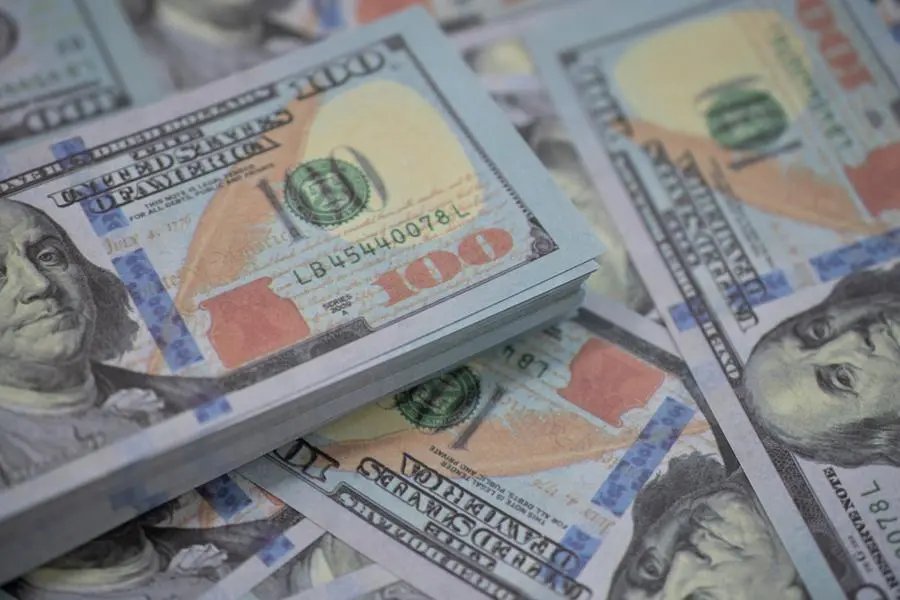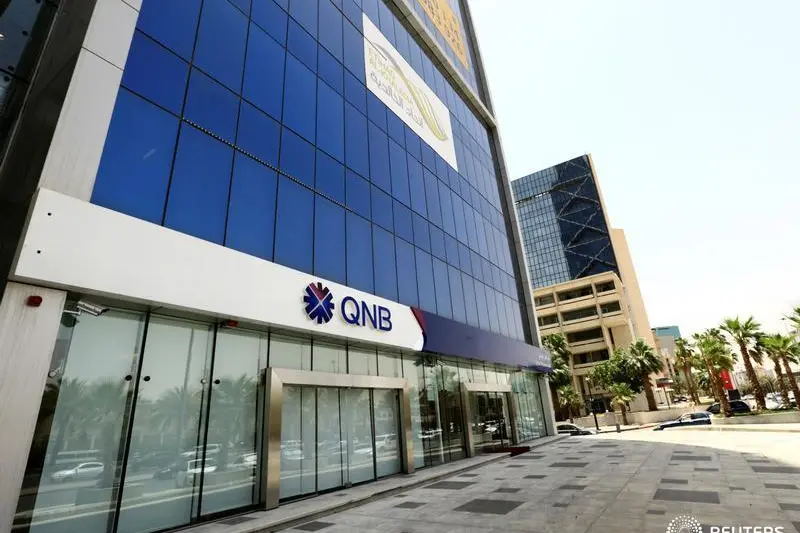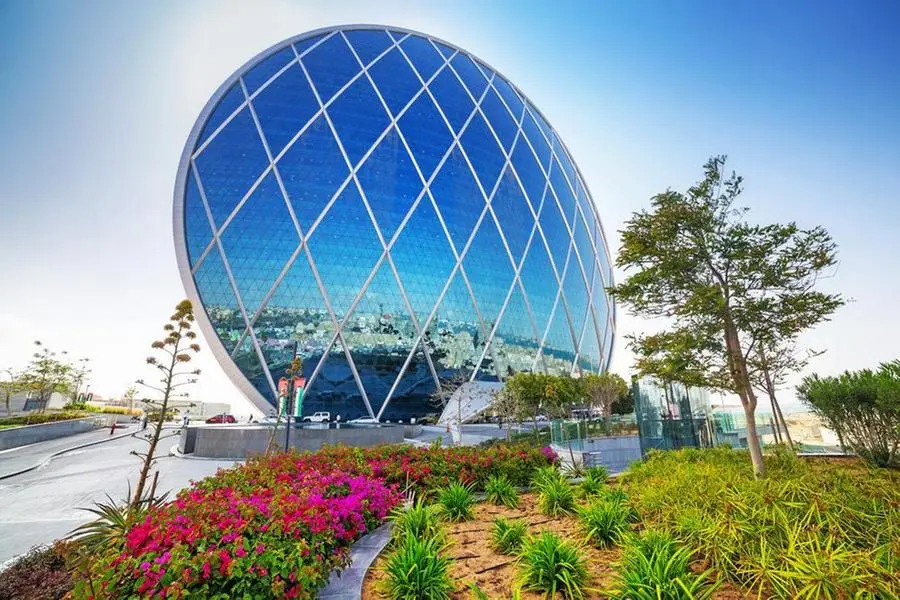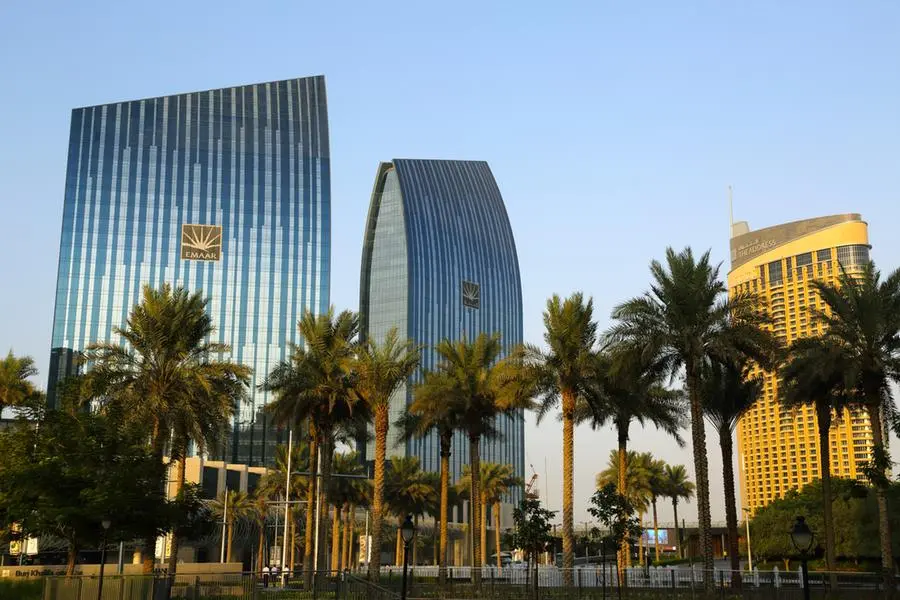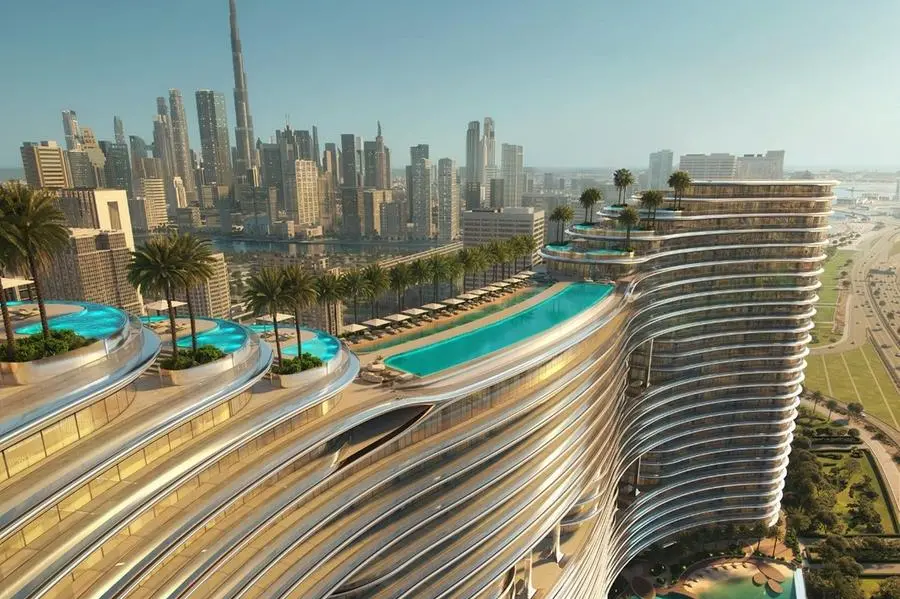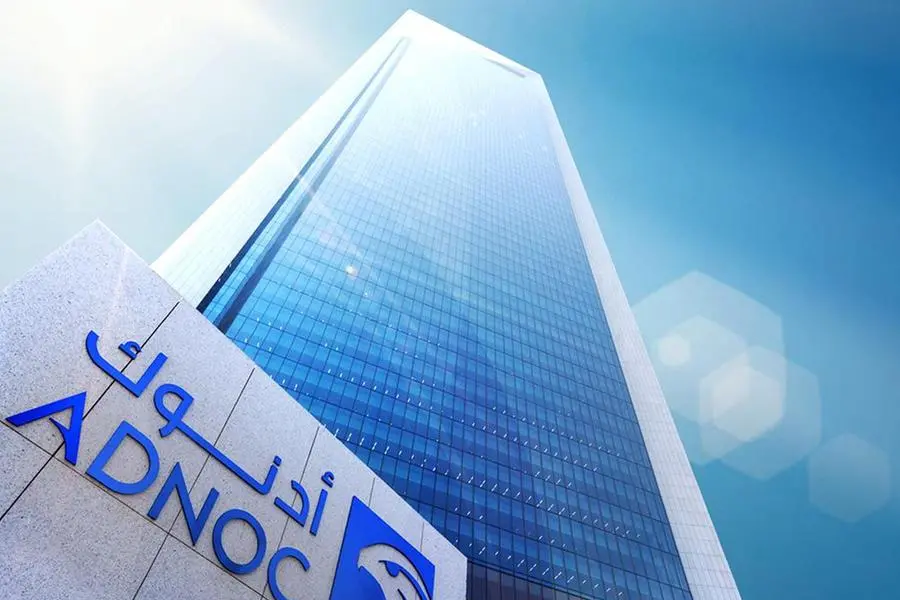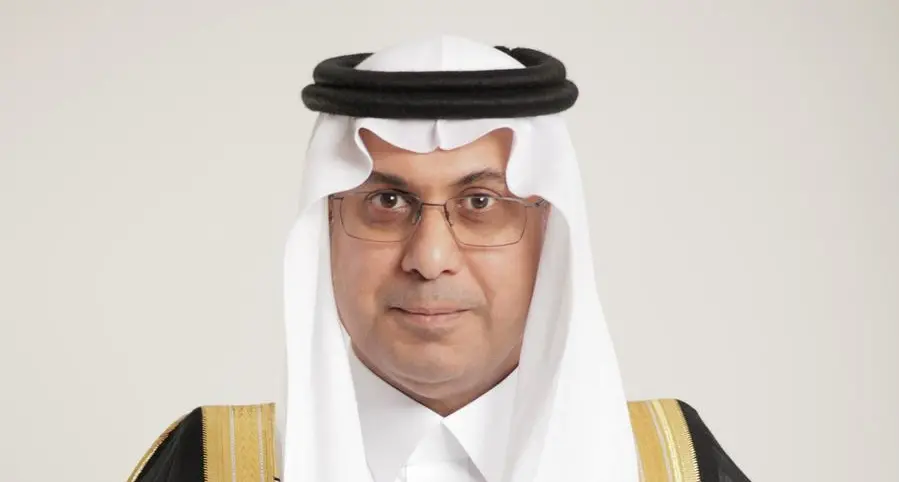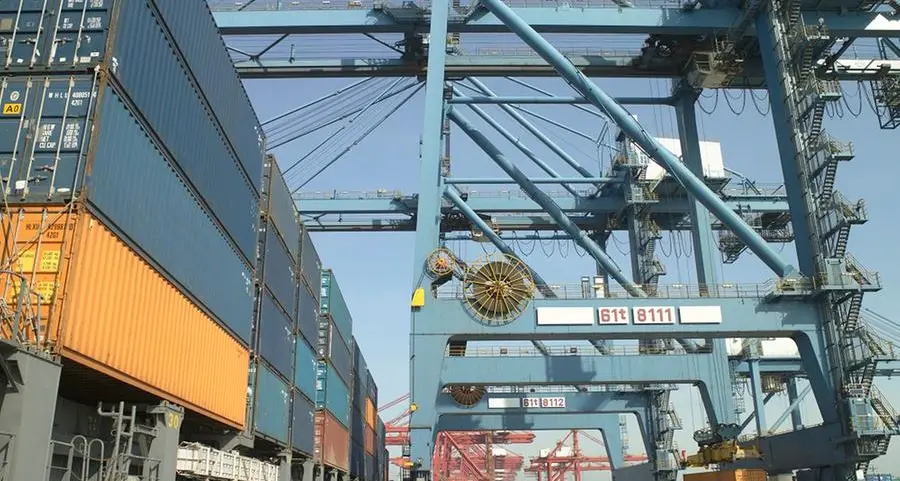29 May 2008
A green building code is to be introduced in Abu Dhabi as part of a major new sustainability programme, it was announced yesterday.
The Pearl Building Rating initiative is designed to cut the use of water by 30 per cent and energy by 20 per cent. It is part of the Estidama sustainability in English programme intended to earn Abu Dhabi the title of the Middle East's green capital within 15 to 20 years.
The code will be applied first to upcoming buildings and then to existing ones in phases. Another key element of the programme will involve developing green communities. The programme was developed jointly by the Abu Dhabi Urban Planning Council, Environment Agency - Abu Dhabi (EAD), Masdar (Abu Dhabi Future Energy Company) and the Abu Dhabi Department of Municipal Affairs.
The guidelines will come into effect as regulations in the coming months.
"Work on the programme started last year," said Masdar CEO Dr Sultan Al Jaberi.
"The entire draft of the programme is already complete and now there will be a test period before it is implemented."
The building code - named after the traditional UAE industry of pearling - has been 100 per cent developed by local experts taking into account Abu Dhabi's geographical, cultural and climatic features. It is this that distinguishes it from the US Leadership in Energy and Environmental Design (LEED) system, which is being applied in many countries including some in the region.
Falah Al Ahbabi, General Manager of the Abu Dhabi Uban Planning Council, said: "We decided to develop our own building rating to suit own environment instead of following other models."
The code has five ratings - from one pearl to five pearls - and the more effort that a developer puts into achieving sustainability the higher the ranking the building will be given.
Buildings with a sustainability level of 35 per cent will receive one pearl, 45 per cent will earn two pearls, 55 per cent will get three pearls, 65 per cent will receive four pearls and 75 per cent will earn five pearls.
Al Ahbabi added: "Sustainability is central to the work of the Abu Dhabi Urban Planning Council and a key element of Plan Abu Dhabi 2030. Estidama is the cornerstone of our sustainability efforts and we are extremely proud to be working with developers and other government departments to make it a success. It will help us ensure that the Abu Dhabi we hand to the next generation in 2030 is the best it can be."
The first phase of the Estidama programme, known as Estidama New Building (ENB), includes the identification of a set of design guidelines for residential and commercial buildings. The guidelines will provide decision-makers, developers, the public, consultants and other concerned parties with outline information about an integrated approach to sustainable building design.
"Our first step will be to apply the ENB guidelines by working with various other government entities. This is part of our ongoing work in reviewing developments across the emirate."
The programme's test period will run from now until the end of the year. Talks will be held with developers and landlords to encourage them to invest in the programme to obtain long-term financial savings on maintenance and renovations.
"We will begin with new buildings that are planned then implement the initiatives in existing buildings gradually. We will also apply Estidama in communities with awareness programmes. So we are not only going to have green buildings and environment, but also green communities."
Al Ahbabi said Estidama has been developed with the full support and co-operation of real estate companies such as Aldar and Sorouh.
Juma'a Al Junaibi, General Manager of Abu Dhabi Municipality, said several developers had already risen to the challenge posed by the new ratings system by announcing plans with green landmark projects in the capital. These would provide inspiration for others to put sustainability at the heart of their developments.
Al Juniper said owners of existing buildings would be asked to modify their properties slowly to help them comply with the green building ratings without any financial strain.
"Before we apply the programme to existing buildings we will have a test period to give landowners the expertise they need to make their buildings green. We will discuss the costs involved."
EAD Secretary-General Majid Al Mansouri, said the programme would be implemented within five years.
"Once implemented Abu Dhabi will start to have fully environment-friendly buildings, saving energy and water and reducing pollution to a great extent," he added.
"I hope that by next year we will have become closer to living in a green community with more committed partners and contributors."
Abu Dhabi's building codemove comes after Dubai introducedgreen standards for its new developments drawn up in line with the internationally recognised LEEDS organisation.
A green building code is to be introduced in Abu Dhabi as part of a major new sustainability programme, it was announced yesterday.
The Pearl Building Rating initiative is designed to cut the use of water by 30 per cent and energy by 20 per cent. It is part of the Estidama sustainability in English programme intended to earn Abu Dhabi the title of the Middle East's green capital within 15 to 20 years.
The code will be applied first to upcoming buildings and then to existing ones in phases. Another key element of the programme will involve developing green communities. The programme was developed jointly by the Abu Dhabi Urban Planning Council, Environment Agency - Abu Dhabi (EAD), Masdar (Abu Dhabi Future Energy Company) and the Abu Dhabi Department of Municipal Affairs.
The guidelines will come into effect as regulations in the coming months.
"Work on the programme started last year," said Masdar CEO Dr Sultan Al Jaberi.
"The entire draft of the programme is already complete and now there will be a test period before it is implemented."
The building code - named after the traditional UAE industry of pearling - has been 100 per cent developed by local experts taking into account Abu Dhabi's geographical, cultural and climatic features. It is this that distinguishes it from the US Leadership in Energy and Environmental Design (LEED) system, which is being applied in many countries including some in the region.
Falah Al Ahbabi, General Manager of the Abu Dhabi Uban Planning Council, said: "We decided to develop our own building rating to suit own environment instead of following other models."
The code has five ratings - from one pearl to five pearls - and the more effort that a developer puts into achieving sustainability the higher the ranking the building will be given.
Buildings with a sustainability level of 35 per cent will receive one pearl, 45 per cent will earn two pearls, 55 per cent will get three pearls, 65 per cent will receive four pearls and 75 per cent will earn five pearls.
Al Ahbabi added: "Sustainability is central to the work of the Abu Dhabi Urban Planning Council and a key element of Plan Abu Dhabi 2030. Estidama is the cornerstone of our sustainability efforts and we are extremely proud to be working with developers and other government departments to make it a success. It will help us ensure that the Abu Dhabi we hand to the next generation in 2030 is the best it can be."
The first phase of the Estidama programme, known as Estidama New Building (ENB), includes the identification of a set of design guidelines for residential and commercial buildings. The guidelines will provide decision-makers, developers, the public, consultants and other concerned parties with outline information about an integrated approach to sustainable building design.
"Our first step will be to apply the ENB guidelines by working with various other government entities. This is part of our ongoing work in reviewing developments across the emirate."
The programme's test period will run from now until the end of the year. Talks will be held with developers and landlords to encourage them to invest in the programme to obtain long-term financial savings on maintenance and renovations.
"We will begin with new buildings that are planned then implement the initiatives in existing buildings gradually. We will also apply Estidama in communities with awareness programmes. So we are not only going to have green buildings and environment, but also green communities."
Al Ahbabi said Estidama has been developed with the full support and co-operation of real estate companies such as Aldar and Sorouh.
Juma'a Al Junaibi, General Manager of Abu Dhabi Municipality, said several developers had already risen to the challenge posed by the new ratings system by announcing plans with green landmark projects in the capital. These would provide inspiration for others to put sustainability at the heart of their developments.
Al Juniper said owners of existing buildings would be asked to modify their properties slowly to help them comply with the green building ratings without any financial strain.
"Before we apply the programme to existing buildings we will have a test period to give landowners the expertise they need to make their buildings green. We will discuss the costs involved."
EAD Secretary-General Majid Al Mansouri, said the programme would be implemented within five years.
"Once implemented Abu Dhabi will start to have fully environment-friendly buildings, saving energy and water and reducing pollution to a great extent," he added.
"I hope that by next year we will have become closer to living in a green community with more committed partners and contributors."
Abu Dhabi's building codemove comes after Dubai introducedgreen standards for its new developments drawn up in line with the internationally recognised LEEDS organisation.
By Nissar Hoath
© Emirates Business 24/7 2008
